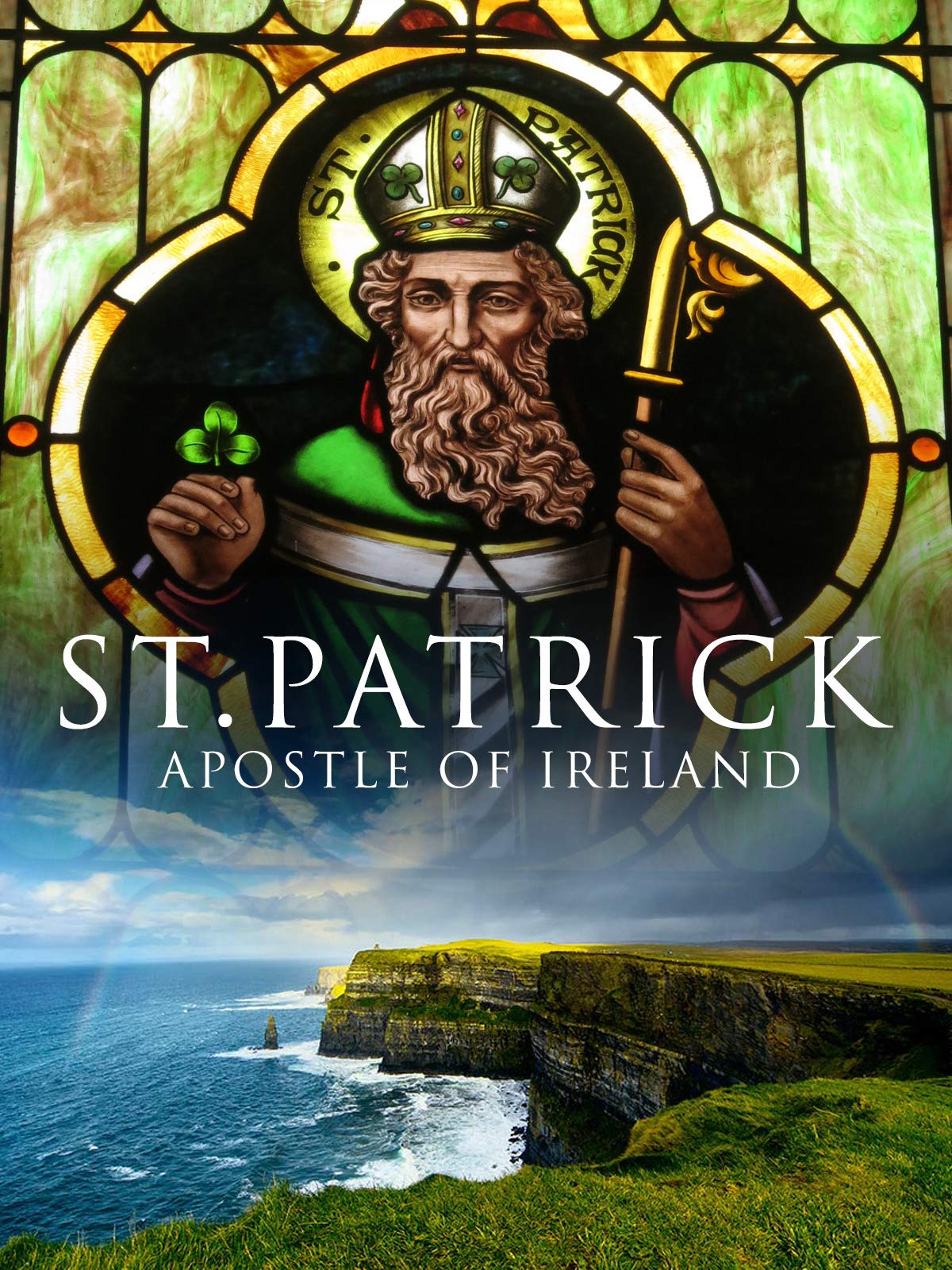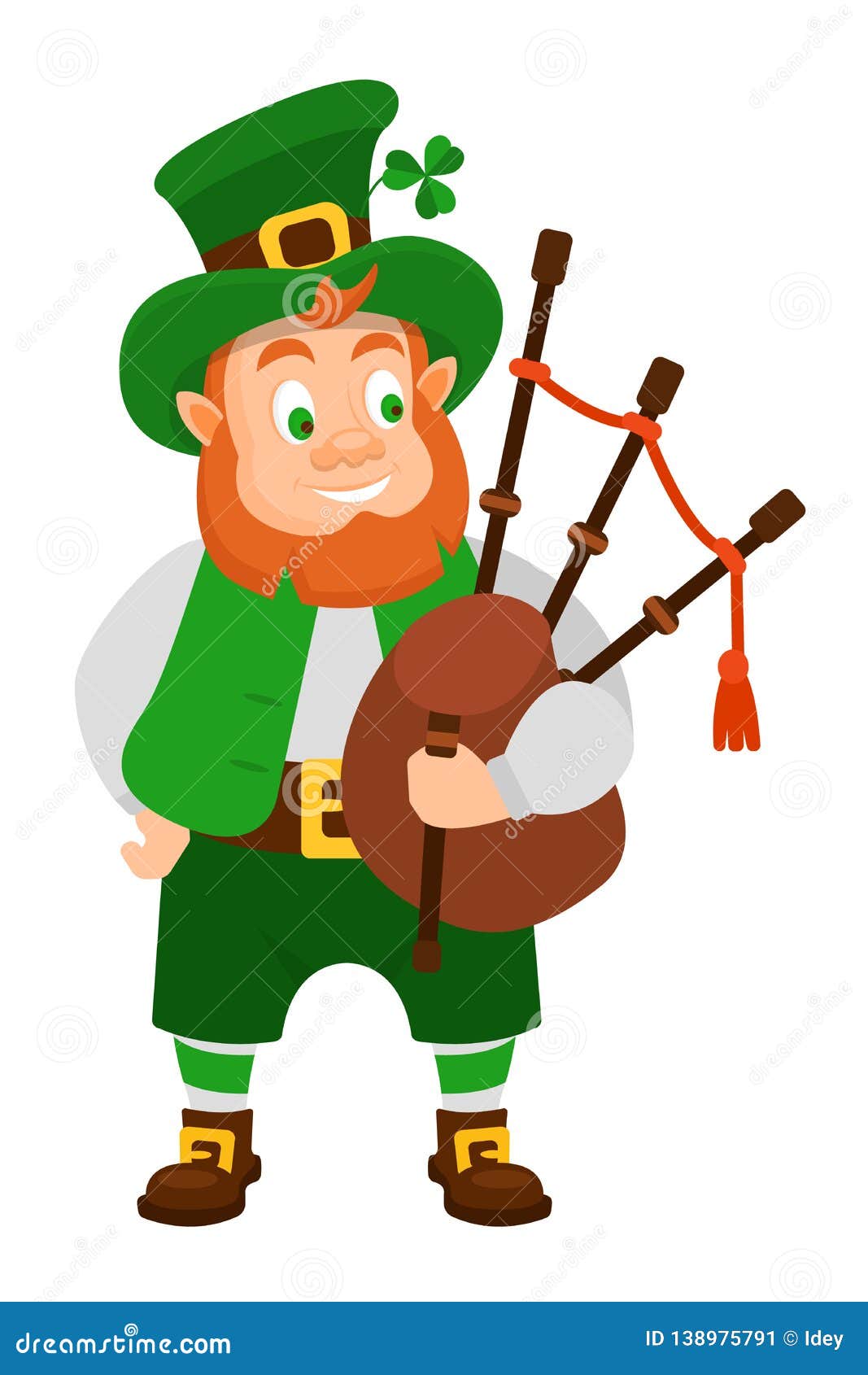Gallery
Photos from events, contest for the best costume, videos from master classes.
 |  |
 |  |
 |  |
 |  |
 |  |
 |  |
St. Patrick’s Day is a global celebration of Irish culture that takes place annually on March 17, the anniversary of the patron saint of Ireland's death in the fifth century. The Irish have St. Patrick's Day is the feast day for St. Patrick, the patron saint of Ireland. Irish citizens celebrate the day by attending church to honor the saint who brought Christianity to Ireland in the St. Patrick's Day, observed on March 17, has transitioned from a feast day in Ireland to a widely celebrated holiday in the United States. The holiday commemorates St. Patrick, the patron saint of The Feast Day of Saint Patrick. Saint Patrick’s feast day has been observed for more than a thousand years. Waterford-born Franciscan scholar Luke Wadding, a Catholic priest, played a significant role in adding it to the Catholic Church’s official calendar. Today, regarding Saint Patrick’s Day, we at Catholic Answers join the faithful St. Patrick, patron of Ireland, is depicted in a stained-glass window at St. John of God Church in Central Islip, N.Y. In most U.S. dioceses, the feast of St. Patrick is celebrated as an optional memorial on the saint's traditional feast day, March 17. The observance, however, is typically moved to the preceding Saturday when March 17 falls on a Sunday, as it does in 2019. (CNS photo/Gregory A Feast Day Celebrations: The widespread celebration of Saint Patrick's Day on March 17th, not just in Ireland but around the world, demonstrates his enduring influence. Though it may be commercialized now, the original intention of this feast day was to honor Saint Patrick and his substantial contributions to Catholicism. Every year on March 17, people around the world celebrate St. Patrick’s Day, honoring the patron saint of Ireland. But what started as a religious feast has evolved into a vibrant, global celebration of Irish culture. In the early 17th century, Luke Wadding, an Irish priest, persuaded the Catholic Church to make March 17 a feast day for St. Patrick. St. Patrick wasn’t born in Ireland, but he did missionary Saint Patrick's Day, or the Feast of Saint Patrick (Irish: Lá Fhéile Pádraig, lit. 'the Day of the Festival of Patrick'), is a religious and cultural holiday held on 17 March, the traditional death date of Saint Patrick (c. 385 – c. 461), the foremost patron saint of Ireland. Let’s reclaim St. Patrick’s Day as a day of faith, not fortune—a celebration of mission, not money. May we use this time to reflect on stewardship, justice, and the true richness found in Christ alone. Cartoon image of the author’s dog holding shamrocks Order of Worship for Transposed Feast of St. Patrick. Transposed Feast of St. Patrick Learn about the origins, meaning and traditions of St. Patrick’s Day, the Irish feast day celebrated on March 17. Find out how the holiday spread from Ireland to America and became a symbol of Irish culture and heritage. 2. St. Patrick’s Day is not the Saint’s Birthday St. Patrick’s reported gravesite in County Down, Ireland. Source: Wikimedia Commons In reality, it is the opposite. St. Patrick’s Day celebrates the saint’s feast on the supposed day of his death in 462 CE. He was buried outside the cathedral in Downpatrick, County Down, Northern Ireland. St Patrick’s Day. Saint Patrick’s Day, which is celebrated on March 17th, is the day that marks the alleged date of St. Patrick’s death and is recognized as his feast day. The reason it became a feast day in the Catholic Church can be attributed to the efforts of Luke Wadding, a Franciscan scholar who was born in Waterford. In the early 17th century, Luke Wadding, an Irish priest, persuaded the Catholic Church to make March 17 a feast day for St. Patrick. Back then, feast days were far from raucous affairs: Catholics Learn about the life and legacy of St. Patrick, the fifth century bishop and patron of Ireland, whose feast day is celebrated on March 17. Find out how he used the shamrock to explain the Holy Trinity and how he faced the challenges of his ministry. ☘️ Where Does St. Patrick’s Day Fit In? St. Patrick’s Day, celebrated on March 17th, falls squarely within Lent nearly every year.But here’s where it gets interesting: because St. Patrick is the patron saint of Ireland, his feast day is officially recognized in the Catholic liturgical calendar — which often makes it an exception to the rule. Why do we celebrate St. Patrick's Day on March 17? Legend has it that Patrick died on March 17. People in Ireland started observing a feast day on March 17 in celebration around the ninth or 10th Saint Patrick’s Day, feast day (March 17) of St. Patrick, patron saint of Ireland. People of that country celebrate the day with religious services and feasts, but Saint Patrick’s Day has transformed into a largely secular holiday of revelry in other parts of the world. St. Patrick’s Day includes various religious observances that reflect its cultural and spiritual significance. The day is marked by specific rituals and the presence of notable cathedrals dedicated to St. Patrick. Feast Day Rituals. Feast Day rituals are an important part of St. Patrick’s Day. St. Patrick (flourished 5th century, Britain and Ireland; feast day March 17) is the patron saint and national apostle of Ireland. He is credited with bringing Christianity to Ireland and was probably responsible in part for the Christianization of the Picts and Anglo-Saxons .
Articles and news, personal stories, interviews with experts.
Photos from events, contest for the best costume, videos from master classes.
 |  |
 |  |
 |  |
 |  |
 |  |
 |  |